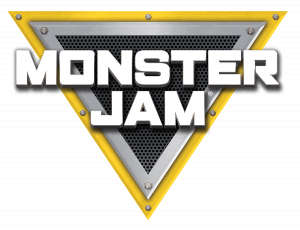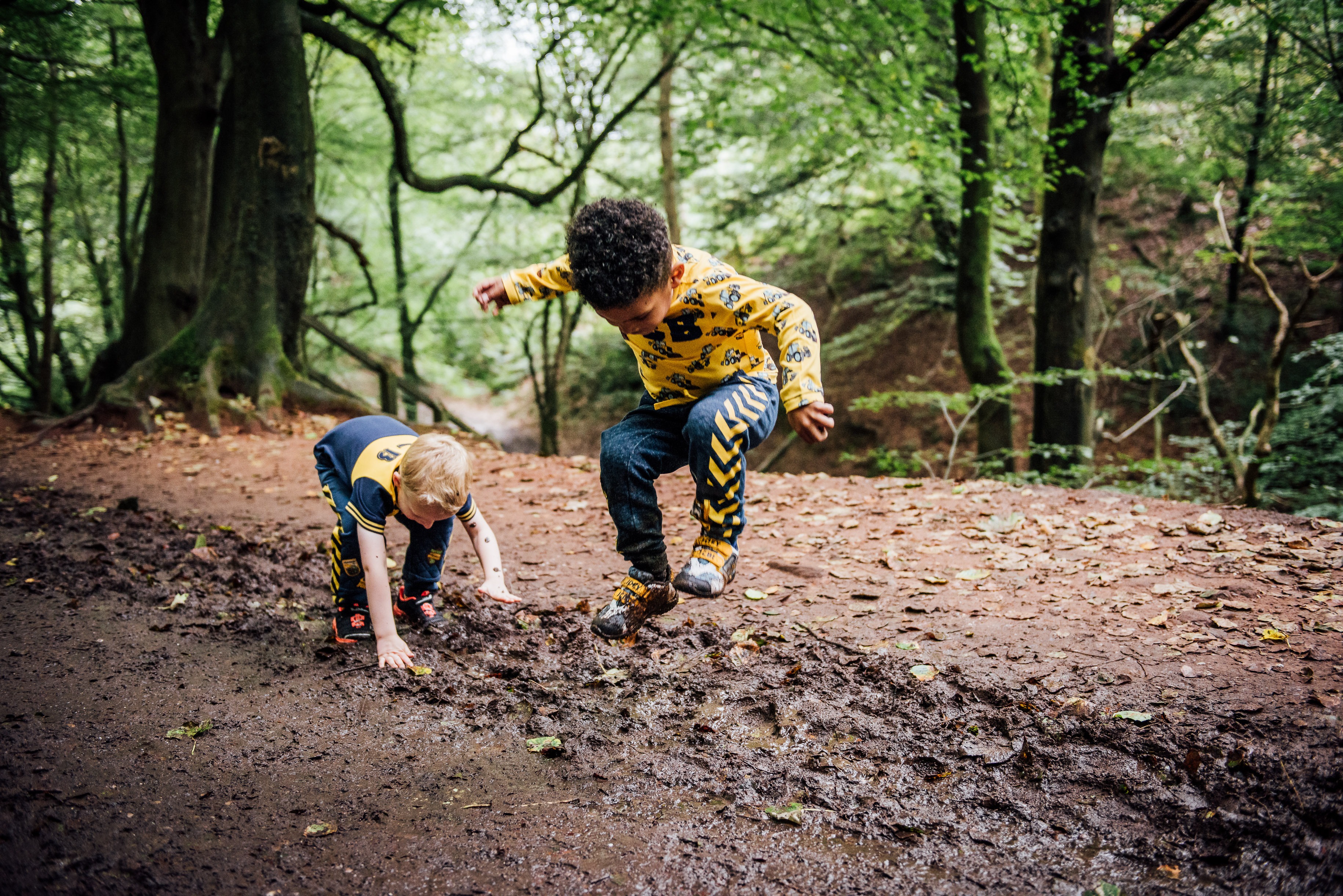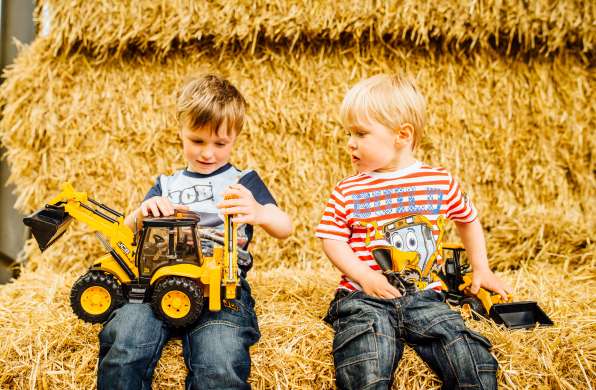Engaging in art projects can be an exciting and enriching experience for children, and one unconventional medium that sparks curiosity and imagination is mud. In this post, we delve into the wonderful world of mud art for kids, exploring the numerous benefits it offers. We will also provide useful tips for working with mud and offer ideas for adapting projects to suit different age groups and skill levels.
From sensory experiences to fostering creativity, mud art provides a unique avenue for self-expression. Mud serves as a blank canvas for children to bring their imaginative ideas to life. From sculpting creatures and objects to creating abstract patterns and designs, mud art allows young artists to freely express their creativity. It encourages them to think outside the box and explore the endless possibilities of this versatile and natural medium. However, to ensure a successful mud art experience, consider the following tips:
Before you start
Choose the right mud
Opt for clean and non-toxic mud, such as clay-based or natural mud, to ensure the safety of the children. Avoid areas with potential contaminants, such as areas frequented by pets.
Set up a designated area
Create a dedicated workspace, whether indoors or outdoors, where children can freely explore and experiment with mud. Lay down protective materials to contain the mess and make cleanup easier.
Embrace the mess
Mud art is meant to be messy, so let children enjoy the experience without worrying about staying clean. Provide them with old clothes or aprons to protect their clothing and have a cleanup station nearby for easy access to water and towels.
Mud Art Ideas
Mud Sculptures
Encourage children to sculpt their favourite animals, imaginary creatures, or even mini mud cities using their hands or simple sculpting tools. Let their creativity run wild as they mould and shape the mud into their desired forms.
Mud Paintings
Provide large sheets of paper or cardboard and let kids create unique paintings using mud as their medium. They can use brushes, sponges, or their hands to apply the mud onto the surface, experimenting with different textures and layering techniques.
Mud Prints
Explore the art of printmaking by pressing various objects or natural materials, such as leaves, flowers, or even the JCB Mini Moverz, into the mud and then pressing them onto paper. This technique allows children to create interesting patterns and designs with the textures left behind by the objects.
Mud Collage
Collect natural materials like sticks, pebbles, and leaves, and let children create collages using mud as the adhesive. They can arrange the materials on a flat surface, such as a piece of wood or cardboard, and use mud to stick them in place. This project encourages kids to combine natural elements with mud to create unique and textured artwork.
Mud Pots and Planters
Help children mould small pots or planters using mud. Once the pots are shaped, they can decorate them by pressing their fingers or small objects into the surface to create patterns or designs. After drying, these pots can be used to plant small flowers or herbs, allowing kids to nurture and observe their creations as they grow.
Mud art projects can be tailored to suit children of all ages and skill levels. Younger children can enjoy simpler activities like finger painting or making handprints in the mud. Older kids can delve into more complex projects, such as sculpting intricate designs or creating textured landscapes. Encourage their creativity and adapt the projects to match their abilities and interests.
However, make sure you always prioritise safety, provide adequate supervision, and let kids freely explore their creativity and enjoy the messy, imaginative world of mud art.





